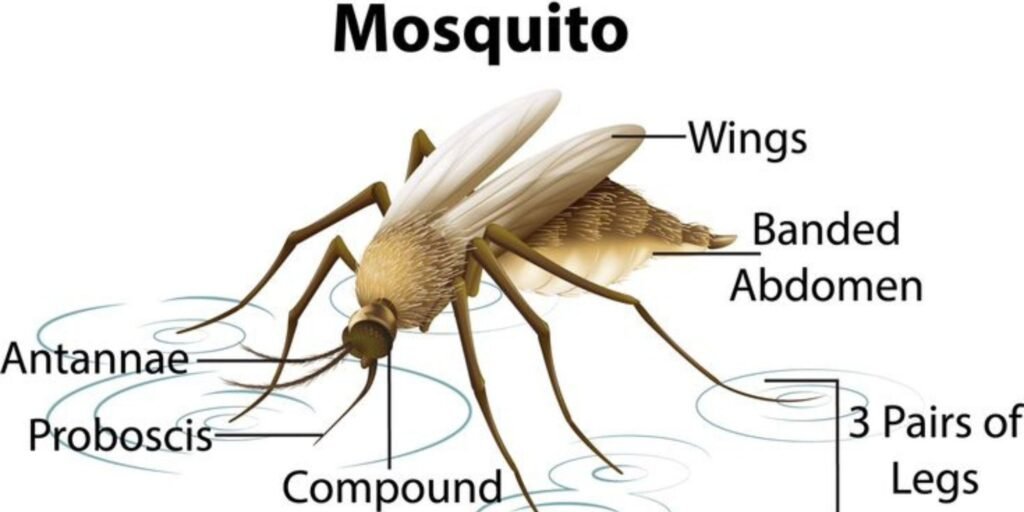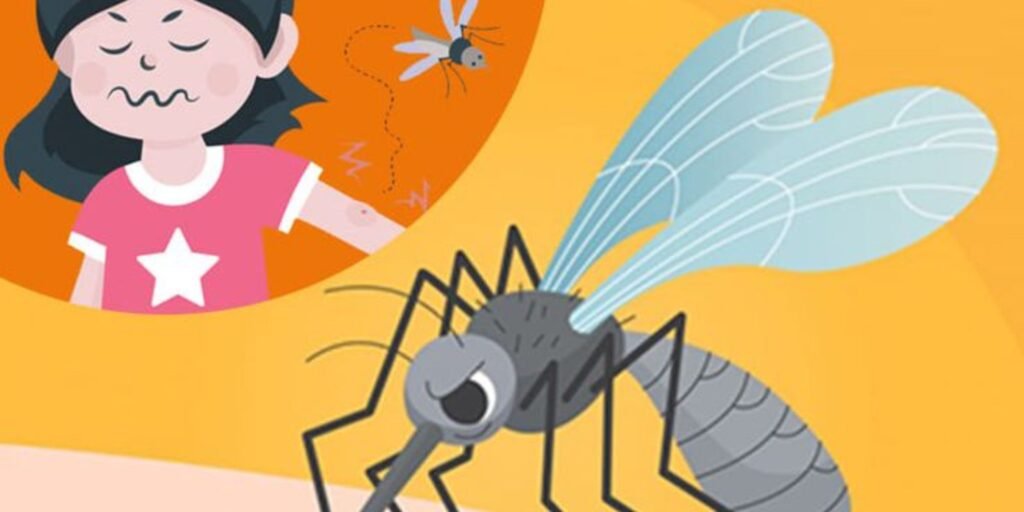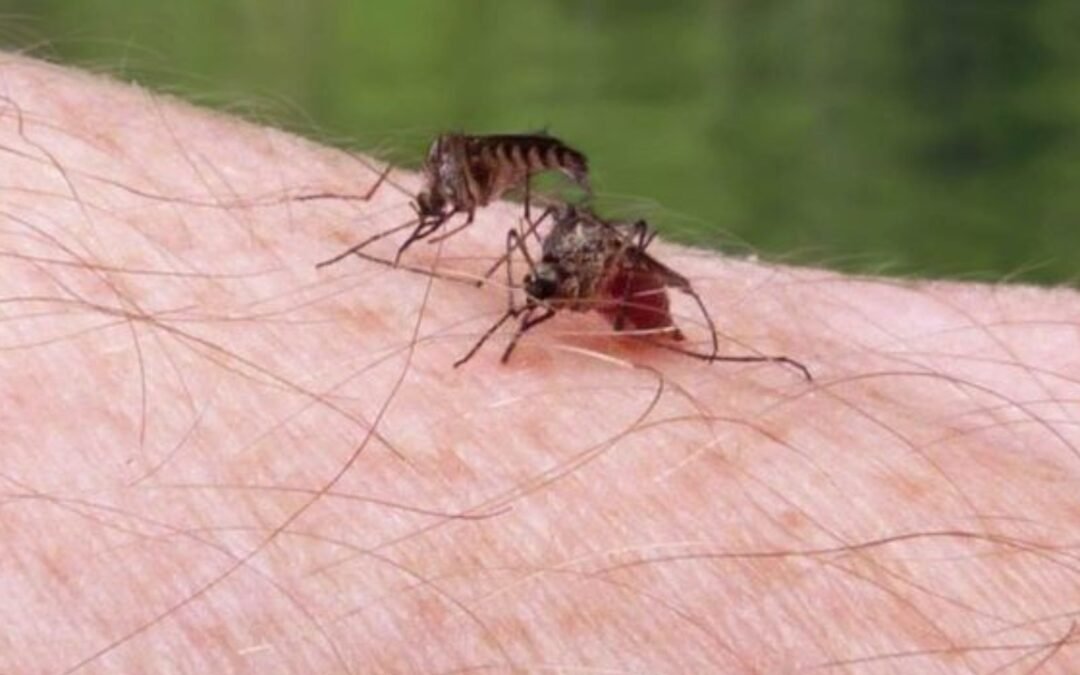Overview
When you think of mosquitoes, the first image that may pop into your head is a tiny, buzzing insect ready to feast on your blood. But have you ever stopped to wonder about their anatomy? Specifically, how many teeth do a mosquito have? It’s easy to assume these creatures are all sting and no bite, but there’s more lurking beneath those delicate wings than meets the eye. Understanding mosquito anatomy fuels our curiosity and reveals fascinating insights into how they survive and thrive in various environments. So, let’s dive deeper into the world of mosquitoes and unearth some surprising truths about their dental structure!
The Surprising Truth: How Many Teeth Do Mosquitoes Have?

Mosquitoes are often seen as mere nuisances, but these small creatures boast intriguing anatomical features. One aspect that many people overlook is their teeth—or lack thereof. While it may seem hard to believe, mosquitoes don’t have teeth in the traditional sense like humans or animals do.
Instead of conventional teeth, mosquitoes possess a specialized mouthpart called a proboscis. This elongated structure acts much like a straw, allowing them to pierce the skin of their hosts and draw blood efficiently. The proboscis is made up of several components working together seamlessly during feeding.
The outer layer consists of sharp styles that help precisely penetrate the skin. These styles are akin to needles and enable mosquitoes to reach small blood vessels beneath the surface without causing discomfort to their victim. So, while they technically don’t have “teeth,” these adaptations serve a crucial purpose in their feeding process.
The Role of Gender in Feeding
Interestingly enough, male and female mosquitoes differ significantly in using this mouthpart. Only female mosquitoes require blood meals for reproduction; males primarily feed on nectar and other plant juices instead. Therefore, when wondering how many teeth a mosque has, it’s essential to remember that only females engage with our skin using those needle-like structures.
To further complicate matters, some species even exhibit variations in their proboscis length and design based on environmental factors and food sources. This adaptability showcases how evolution has equipped these insects with specialized tools for survival across diverse habitats.
While discussing mosquito anatomy might not be everyone’s favourite topic at dinner parties, understanding what makes these insects unique can provide insight into why they thrive so successfully worldwide—despite our best efforts to swat them away!
So next time you feel that familiar itch after an evening outdoors, remember: it’s not just about annoying buzzing sounds; there’s quite an intricate system involving modified mouthparts designed specifically for drawing your blood!
Understanding Mosquito Anatomy

Mosquitoes are fascinating creatures with complex anatomy that aids in their survival and feeding. To understand how many teeth a mosquito has, it’s essential to explore the various parts of its physical makeup.
The Mosquito Proboscis
These insects have six primary mouthparts designed for specific functions. Among these is the proboscis, which plays a crucial role during feeding. The long, tubular structure allows mosquitoes to pierce the skin of their prey effectively. This elongated feature also serves as a channel through which they draw blood.
The proboscis consists of several components. Within this intricate structure lies what resembles “teeth.” However, it’s not quite accurate to think of them like human teeth; instead, these structures help anchor the mosquito while it feeds. They allow for penetration into the skin but don’t function as actual teeth do in mammals.
Sensory Features: Antennae and Compound Eyes
In addition to these specialized mouthparts, mosquitoes possess antennae that serve multiple purposes. These sensory organs help detect carbon dioxide and body heat emitted by potential hosts from afar—vital skills for locating food sources efficiently.
Another notable anatomical feature is their compound eyes, which are composed of thousands of tiny lenses. This unique design grants mosquitoes exceptional vision at all angles, a vital trait when navigating through diverse environments or avoiding predators.
Body Segments: Head, Thorax, and Abdomen
Furthermore, mosquitoes showcase distinct body segments: head, thorax, and abdomen—all pivotal for different functions such as movement and reproduction. The coordination between these sections enables them to thrive across varied habitats worldwide.
How many teeth do a mosquito have? :Conclusion
Understanding mosquito anatomy provides insight into how they interact with their environment and perform critical life-sustaining activities like feeding on blood or nectar from plants—elements that contribute significantly to ecosystem balance despite being notorious pests worldwide.
How many teeth do a mosquito have? :Exploring the Functions of Mosquito Teeth
Mosquitoes are often seen as mere pests, but their anatomy reveals fascinating adaptations. One of the most intriguing aspects is their mouthparts, which serve several critical functions tied to their survival and feeding habits.
The primary purpose of mosquito teeth—or more accurately, their serrated mandibles—is to aid in blood feeding. When a female mosquito lands on her target, she uses these specialized structures to pierce the skin effortlessly. This process requires precision and skill because mosquitoes must navigate through layers of tissue without causing unnecessary alertness in animals or humans.
Once they penetrate the skin, mosquitoes can access blood vessels. The mandibles work in tandem with other mouthparts known as proboscis—a long tube-like structure that allows them to suck up blood efficiently. It’s a complex system designed for one goal: nourishment.
Interestingly, male mosquitoes do not feed on blood but consume nectar and plant juices. Therefore, primarily females possess this unique set of ‘teeth.’ These adaptations allow them to gather nutrients essential for egg production.
Besides aiding in piercing the skin and drawing blood, mosquito teeth also help secure themselves onto hosts while feeding. They can remain attached even when hosts attempt to swat or shake them off by anchoring them into flesh with those tiny serrations.
Another lesser-known role involves mosquitoes cleaning debris from their mouths after feeding sessions. During a meal, mosquitoes can encounter various particles—cells from host tissues or remnants of nectar—and having effective mouthparts ensures that they maintain hygiene for future feeds.
Understanding these functions opens our eyes to how intricate nature is—even within something as small as a mosquito’s jawline! Their anatomy has evolved over millions of years, specifically tailored for survival amidst changing environments and predators.
Unmasking the Mystery: The Actual Number of Mosquito Teeth

Mosquito teeth are often the subject of fascination and confusion, and many people wonder how many teeth a mosquito has. The truth might surprise you.
Mosquitoes don’t have traditional teeth like mammals do. Instead, they possess a specialized mouthpart known as a proboscis, which resembles a long tube or needle. This structure is designed for piercing skin and drawing blood from their hosts.
The proboscis contains several components that work together during feeding. These include mandibles and maxillae, which function similarly to teeth by slicing through the skin and helping to anchor the insect while it feeds. Rather than counting actual “teeth,” it’s more accurate to consider these parts as tools for their feeding process.
A female mosquito’s ability to draw blood efficiently relies on this intricate design rather than an exact number of teeth. So, when you’re wondering how many teeth mosquitoes have, remember that they use different anatomical features instead of conventional dental structures.
Understanding mosquito anatomy helps explain why these pests can be so effective at biting without being easily detected until it’s too late. Their evolutionary adaptations make them one of nature’s most successful feeders despite lacking real teeth.

